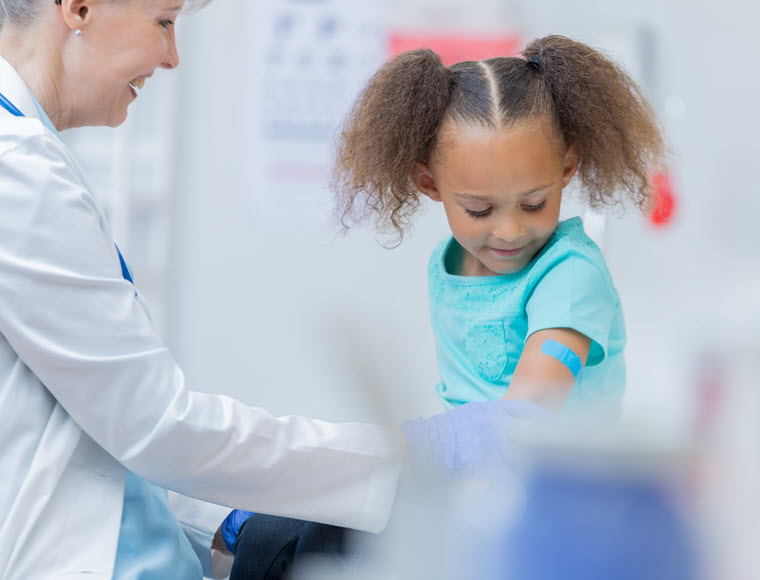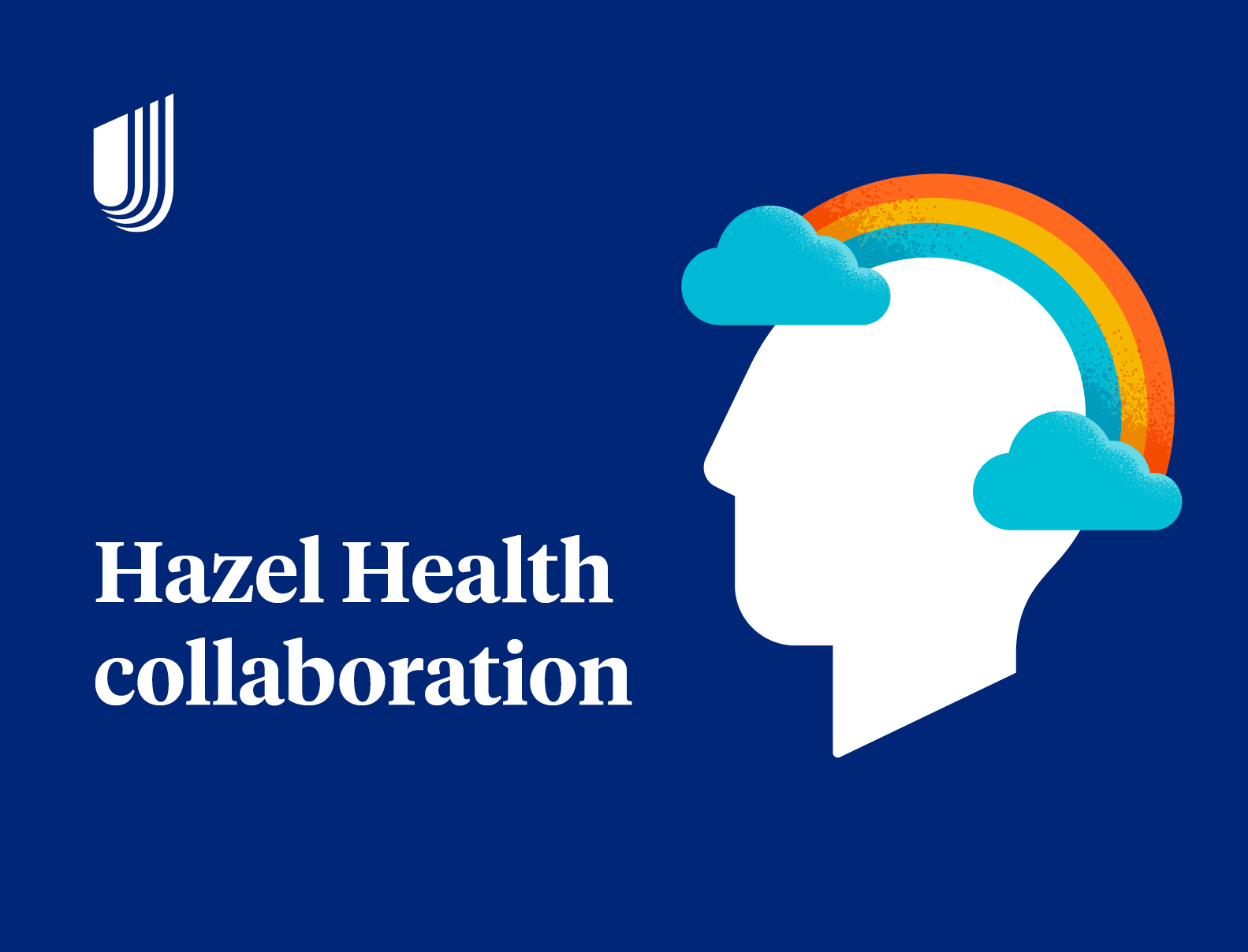About 7.7 million children and teenagers in the U.S. have at least one treatable mental health disorder.1 However, as of 2016, only half of those children received treatment.2 The remaining almost four million children are at greater risk of not graduating, having suicidal thoughts and being involved with law enforcement.3
The state of children’s mental health in the U.S. was recently declared a national crisis by the U.S. General Surgeon in his May 2023 Advisory Report.4 The U.S. General Surgeon cites the effects of social media on children’s brain development as a critical factor in this crisis. More specifically, social media use has been found to impact the development of the amygdala and prefrontal cortex which are responsible for emotional learning and regulation. In his June 2022 Public Health Report, the U.S. General Surgeon additionally attributed loneliness, isolation, racial and economic inequality as well as the impact of Covid-19 to the development of mental health challenges in children.5
According to the Centers for Disease Control and Prevention, the most common diagnoses and symptoms for children in the U.S. are ADHD and anxiety for youth aged 3-17 years and depression and suicidal tendencies for teenagers 12-17.6 School-based health centers (SBHC) are equipped to offer support for each of these mental health challenges.
Student care improvements through school-based health centers
School-based health centers are health care centers located within or adjacent to primary and secondary schools. These centers provide students with medical, behavioral, vision and dental care.7 SBHCs have been found to lower the rate of school absences as well as the rate of emergency room visits.8 In 2022, the U.S. Department of Health and Human Services awarded nearly $25 million to increase access to school-based health services across the country. Health centers will use this award to improve access to care (including mental health services), facilitate community/patient outreach, and provide health education all with the end goal of reducing health disparities.9
UnitedHealthcare’s school-based health strategy
UnitedHealthcare’s recently developed “School-Based Health Strategy” (SBHS) aims to establish an exceptional school-based health program that improves health equity, access to care and health outcomes for the whole family. Components of the SBHS include:
- Working with providers to improve access to care.
- Initiating or /continuing the provision of prevention programs.
- Providing support for populations impacted by social determinants of health.
- Sponsoring activities to promote the literacy and safety of families and communities.
Preventive care access and care coordination between SBHCs, other health care providers and health plans is needed to ensure students receive appropriate and timely care. At UnitedHealthcare, we are committed to addressing the health needs of children and youth and continue to support efforts to enhance and increase access to health care services directly in schools and within school-based health centers through the establishment of partnerships and funding models.
Sources
- Study: One in Six U.S. Children Has a Mental Illness | AAFP
- Mental Health in Childhood: Undiagnosed and Silently Suffering | Child Focus (child-focus.org)
- Recognizing Mental Health Problems In Children | Mental Health America (mhanational.org)
- Social Media and Youth Mental Health (hhs.gov)
- The Mental Health of Minority and Marginalized Young People: An Opportunity for Action - Vivek H. Murthy, 2022 (sagepub.com)
- Children’s Mental Health: Understanding an Ongoing Public Health Concern | CDC
- The Evidence on School-Based Health Centers: A Review - PMC (nih.gov)
- School-Based Health Centers (nyc.gov)
- HHS Awards Nearly $25 Million to Expand Access to School-Based Health Services | HHS.gov












